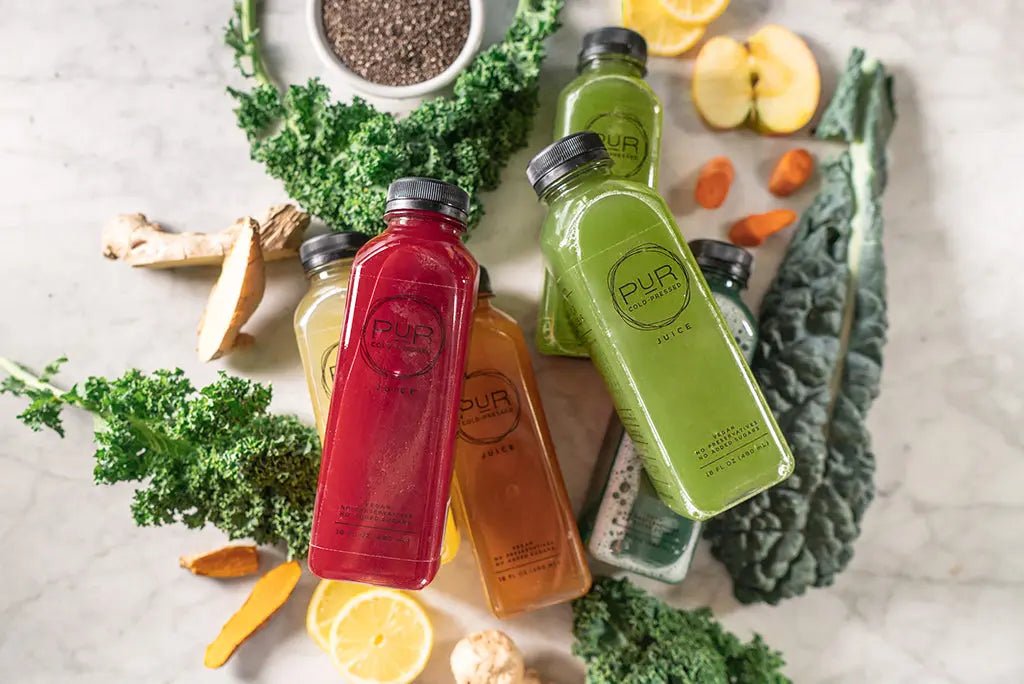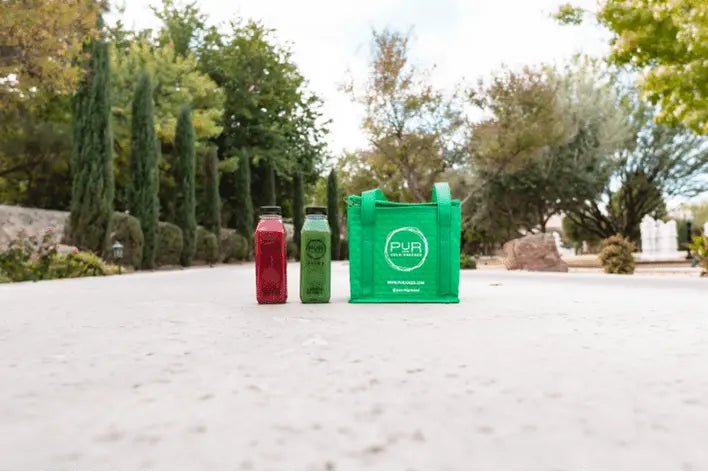Introduction
If you’ve ever grabbed a juice or a snack and thought, “Wow, this actually tastes fresh,” there’s a decent chance it wasn’t just luck. People are fussier than ever about what they eat—nobody’s looking to load up on preservatives they can’t even pronounce, and nobody wants food that goes bad before they’ve had a chance to enjoy it. Somewhere in the middle of all that, High Pressure Processing—HPP for short—has been quietly making its way into grocery stores.
The idea’s pretty simple: instead of cranking up the heat and cooking food into something bland, HPP uses crazy amounts of pressure to kill off the bad stuff. And it works without wrecking the flavor, the texture, or the nutrients you actually want to keep. You’ll see it in cold-pressed juice, pre-made meals, even some deli items. It’s not magic, but it does mean food sticks around longer and still tastes like… well, food.
So yeah—what’s going on inside this process, and why are so many brands suddenly into it? Let’s pull the curtain back a bit.
What is HPP?
So here’s the deal with High Pressure Processing—people just call it HPP because, honestly, that’s a mouthful. It’s this method where food gets blasted with an insane amount of pressure. Not heat, not chemicals—just pressure. Imagine cold water pushing on it from every angle, like 600 megapascals worth (that’s about 87,000 psi if you’re into numbers). That much force is enough to squash the bacteria and other stuff that makes food spoil.
And because there’s no heat cooking things in the process, you don’t get that weird “something’s off” flavor, or the soggy texture, or the vitamins vanishing into thin air. It’s still the same color, the same taste—basically the same food you started with.
What’s nice is it means you don’t have to throw in preservatives just to keep it from going bad. It lasts longer on shelves, doesn’t get wasted as quickly, and can travel a lot farther before anyone has to worry about it spoiling.
How It Works
So, here’s something you probably wouldn’t guess—some of that fresh juice or deli meat you bought? It might’ve been through what’s basically a giant squeeze machine. The fancy name is High Pressure Processing. No boiling, no chemical dip—just cold water and… yeah, a ridiculous amount of pressure.
They don’t even open the package. It just goes in as is, gets dunked in water, and the pressure ramps up fast. Like, “crush-a-submarine” levels of force. Only takes a few minutes, but in that time, the stuff that causes food poisoning—Listeria, Salmonella, all the usual suspects—doesn’t stand a chance.
And the best part? It still tastes normal. Doesn’t get mushy, doesn’t fade in color, and doesn’t lose the vitamins. Basically, you get food that lasts longer without tasting like it’s been messed with.
Why HPP Matters
Food safety first
One of the biggest wins with High Pressure Processing is that it wipes out the nasty stuff—bacteria, pathogens—without having to dump in preservatives. That “clean label” thing you see on packaging? This is one way companies can actually deliver on it. And let’s be honest, people are way more careful these days about what they’re eating.
Shelf life gets a boost
Cutting down on microbes doesn’t just make food safer—it keeps it fresh longer. Sometimes twice as long, sometimes even more. Juices, grab-and-go meals, seafood, deli meats… all last longer in the fridge. That’s good news for shoppers, but also for food makers who don’t want to throw away unsold stock.
Keeps the good stuff in
Because it’s not blasting food with heat, the flavor stays real. The crunch stays crunchy, colors stay bright, and the nutrients hang around. This is a big deal for brands that want to sell “premium” without losing the natural feel.
Better for the planet
The process itself is pretty simple: water and electricity. Most systems reuse the water over and over. Compared to big heat-based methods, it’s lighter on energy use—so it’s easier on the environment, too.

Common Foods That Use HPP
Cold-pressed juices and smoothies
Deli meats and ready-to-eat meals
Guacamole, salsas, and hummus
Seafood like oysters and smoked salmon
Baby food and pet food
Challenges and Limitations
HPP is pretty great, but it’s not magic. There are limits. It mainly works on foods that have a lot of moisture and are already sealed in their packaging. You can’t really use it on something dry or crumbly, or on products with big air gaps, because the pressure wouldn’t work evenly. And the packaging itself has to be up for the job—flexible, water-resistant stuff that won’t split under all that force.
The other big hurdle? Cost. The machines aren’t cheap—think millions of dollars in some cases—which can make it tough for smaller food companies to get started. Lately though, more shared-use spaces and toll processing facilities have been popping up. That way, producers can rent time on the equipment instead of buying their own. As more people hear about HPP and more places offer it, the process is slowly moving from a niche option to something that even mid-sized and small brands can use.
The Future of HPP
You’ve probably noticed people are fussier about food these days. They want it fresh, safe, and without that laundry list of preservatives on the label. That’s pretty much where HPP comes in—it’s been around a while, but it’s starting to get more attention. It works without messing up flavor or nutrients, which makes it easier for brands to actually give folks what they say they want.
Thing is, the tech’s still evolving. More companies are testing it out, and it’s getting easier for smaller producers to try it too. We’ve started seeing it in all kinds of stuff—ready-to-eat meals, juices, even some plant-based foods that usually spoil too fast. Feels less like a “trend” and more like one of those behind-the-scenes changes that slowly becomes the norm before anyone really notices.

Final Thoughts
Most people don’t chat about High Pressure Processing over lunch, but it’s sneaking into more of the stuff we eat. For shoppers, that can mean food that actually lasts in the fridge without weird preservatives. For the companies selling it, it’s a way to stand out without messing up taste or nutrition.
And once more brands start using it, you’ll probably notice it in all sorts of places—sandwich meats, juices, maybe even fancier foods that usually spoil too fast. That’s better for your health, sure, but also for cutting down waste. Plus, it doesn’t use as much energy as some old-school methods. It’s not a flashy thing—you won’t see a giant “HPP” sign in the store—but it’s one of those quiet changes that sticks around once people see it works.












Leave a comment
All comments are moderated before being published.
This site is protected by hCaptcha and the hCaptcha Privacy Policy and Terms of Service apply.